Tents
still a WIP... a big one...
This page is dedicated information about tents, in terms of anatomy and behavior.
Ventuvescor tabernaculum
Overview
Tents are ubiquitous animals which dot the landscape of the grasslands, harnessing the power of wind and the convenience of open air to their advantage.
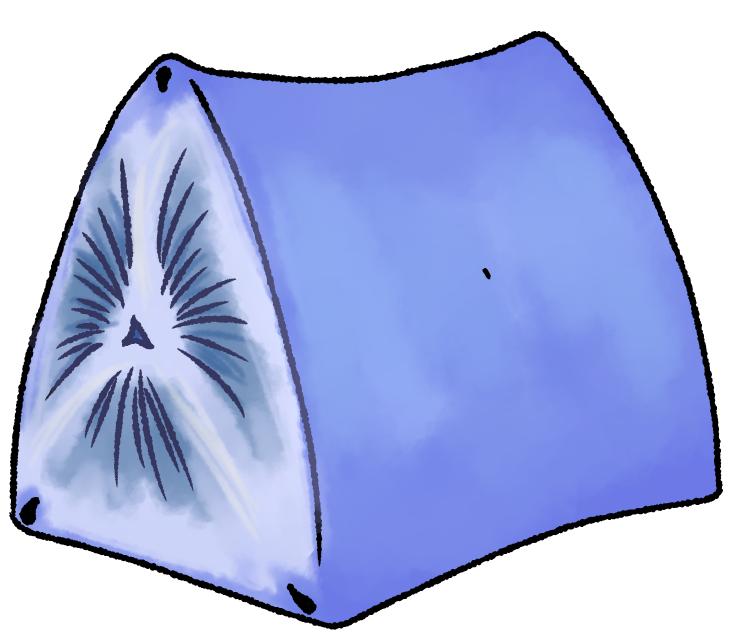
Range
Tents are most common in open spaces with low-growing or otherwise no features to block the wind with. One may find large quantities of tents dotting the landscapes of grasslands, tundra and desert environments. Many stake their claim on coastal fields where winds blowing from the sea provide their food right to them.
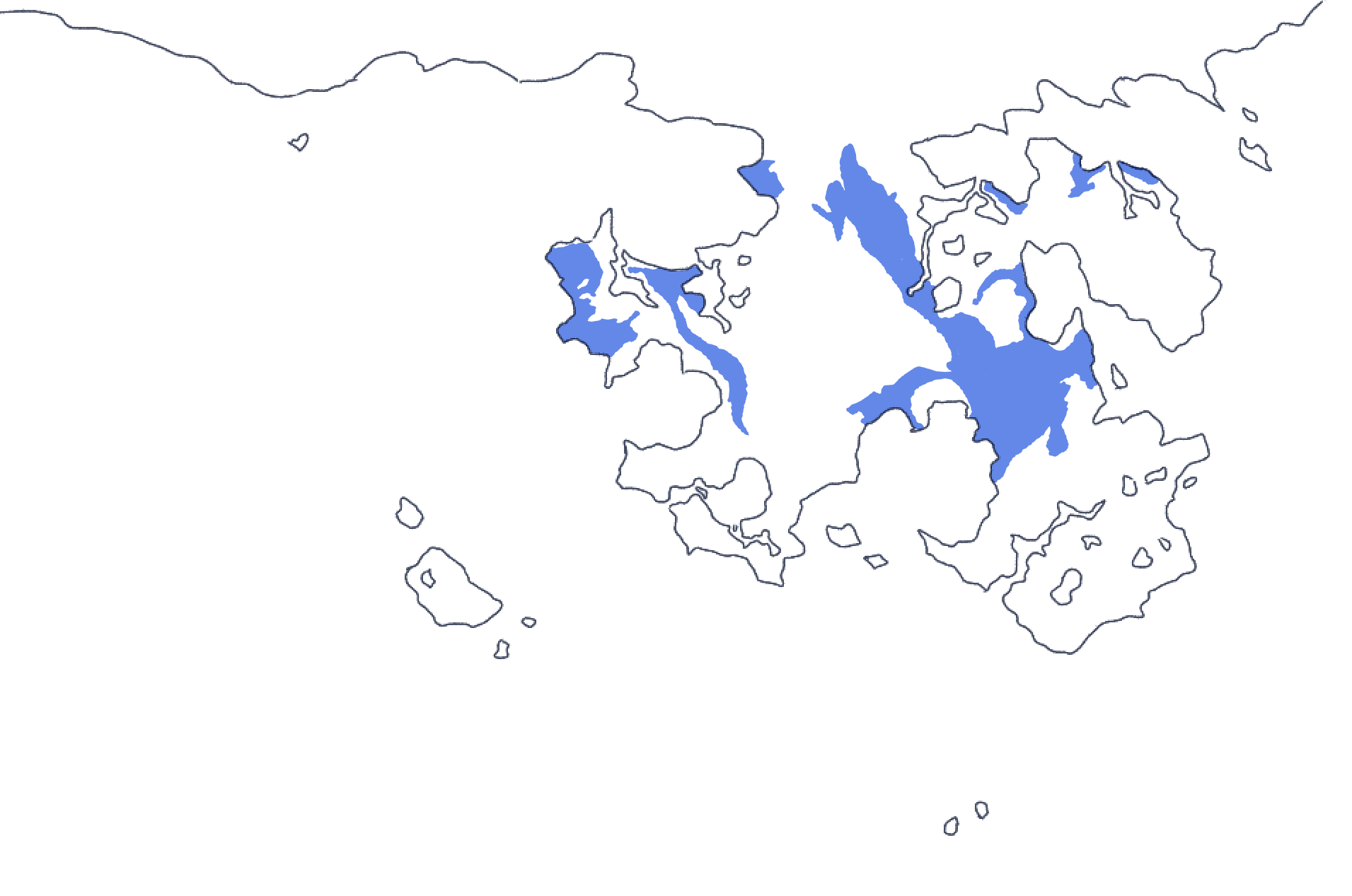
Diet
Tents are filter feeding animals which exercise limbs inside their hollow bodies to generate an air current that sucks air into their body and suction aeroplankton directly onto the baleen fibers of their faces. They then contract and relax their facial muscles to drive food to their mouth. One of their sides and thus one of their cloacas are always facing the ground, and thus entire detritivore ecosystems are built underneath their bodies and upon the waste they excrete.
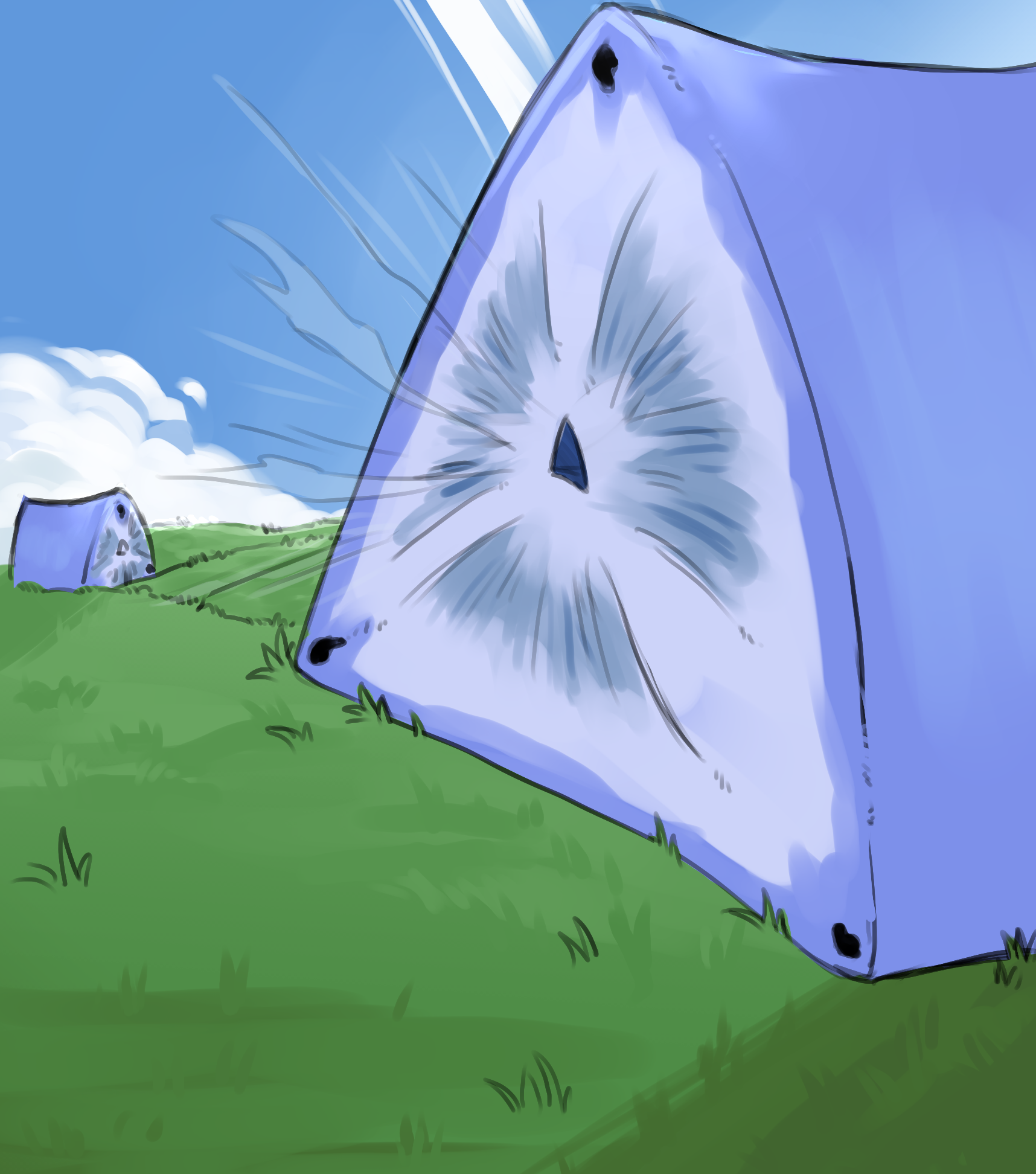
Art by Miloselfesteem
Anatomy
Tents, like most other Confibulan fauna, use hemocyanin in their blood and have bones made of silica microcrystals. They have a poor oxygen affinity, but their world has a low oxygen content anyways so it ended up being the most efficient oxygen transport pigment. Their innards, thus, are blue. They are trilaterally symmetrical as well as mirrored from front to back. Food can enter through the heads on each end, and exits through cloacas on each side of the body. Their bodies are hollow and their organs are suspended inside the open cavity.
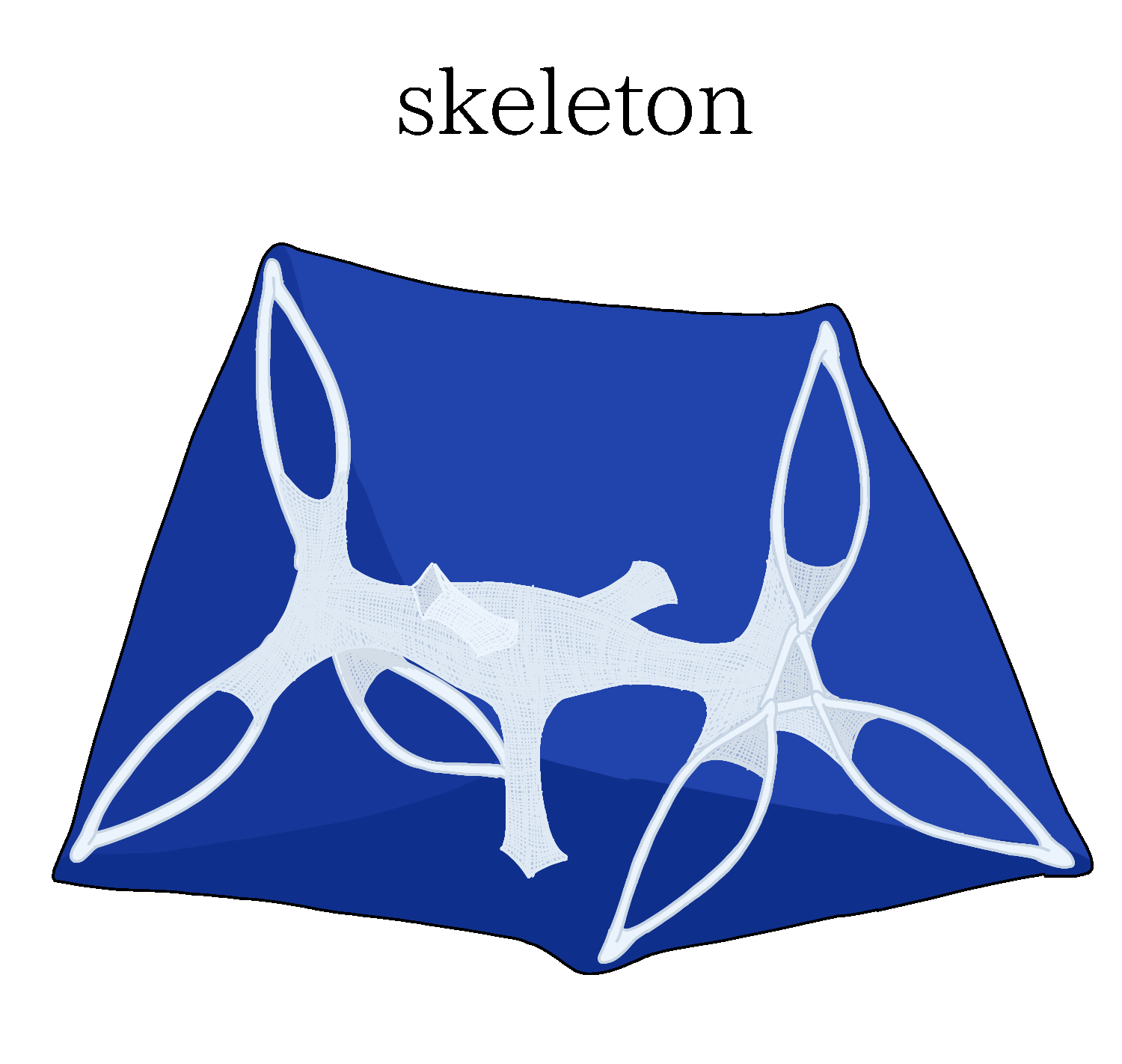
Reproduction
Tents release aeroplanktonic spores into the atmosphere, which then drift through the air until they are fertilized and then reach a spot on the ground where they will live for the rest of their lives, as they are sessile. Infant mortality is extremely high.
Behavior
Tents live in physical isolation from members of the same species as they are sessile and live great distances from one another. However, they do communicate vocally on a very low frequency with other tents. They have no mating rituals and do not form congregations unless a group of tents happens to have landed in the same area as young.
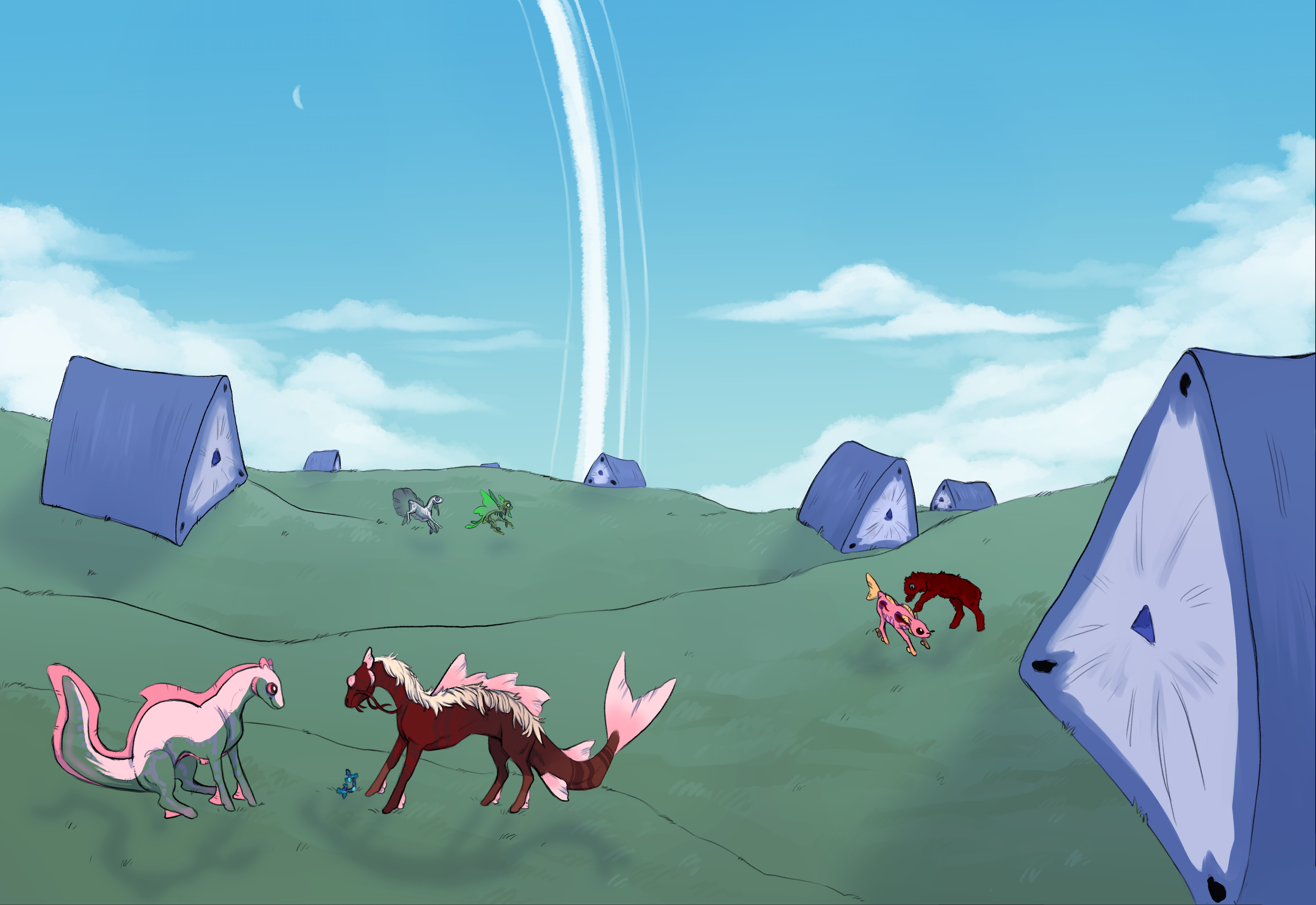
Art by Miloselfesteem